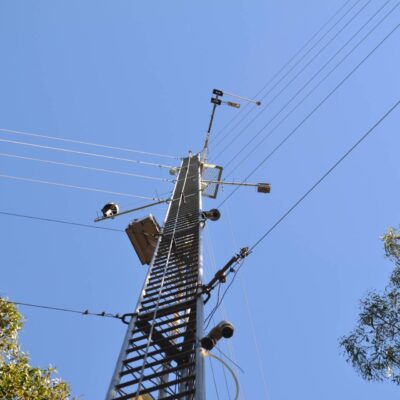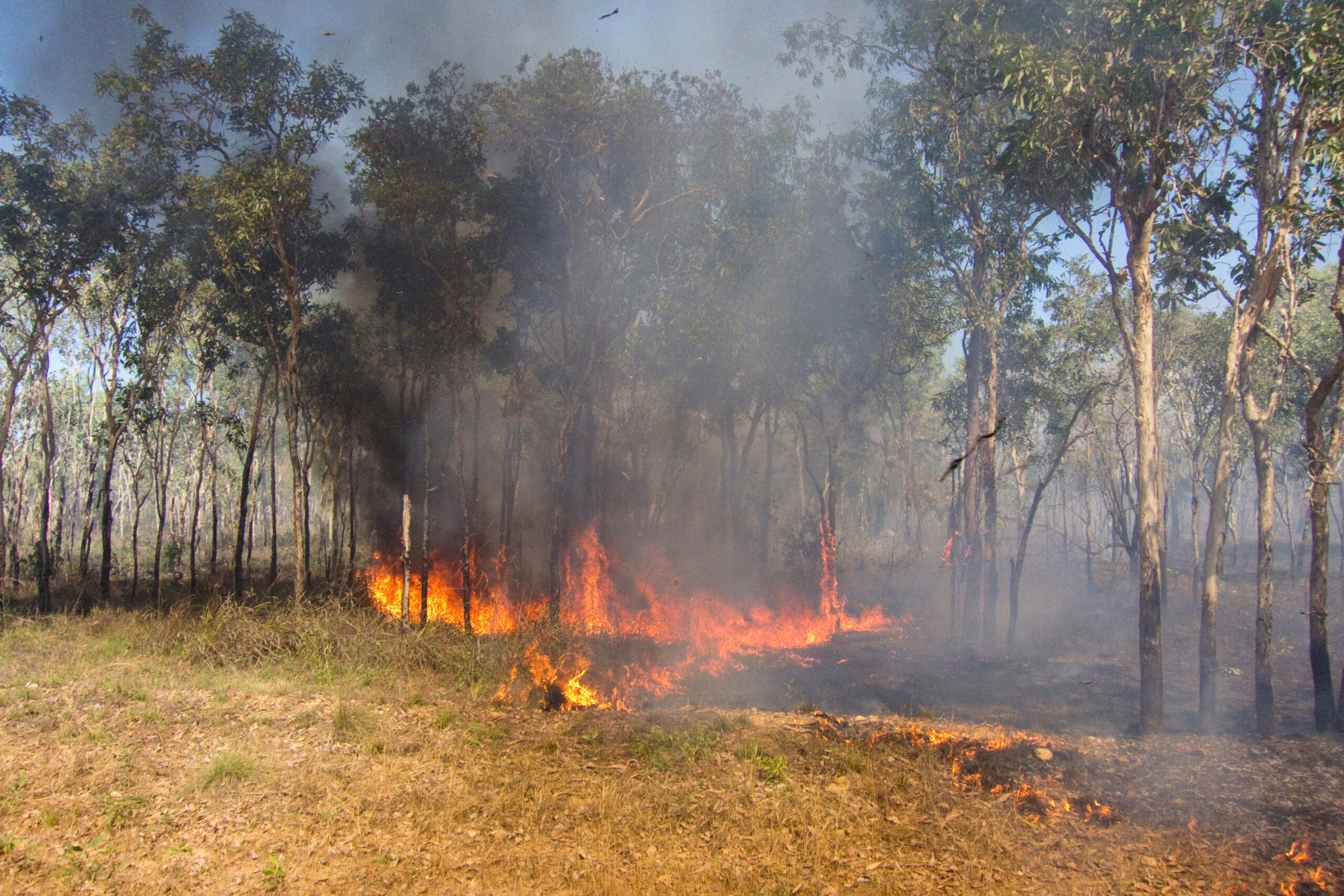New research using national research infrastructure in the world’s tallest Mountain Ash (Eucalyptus regnans) forests of south-eastern Australia, is increasing understanding of fire’s impact on how our forest ecosystems store, move and use water. Read on to learn more about the science and its implications for predicting fire’s impact on our precious ecosystem services, including drinking water supplies.
For years ecologists have known that increases in bushfire frequency, intensity, and extent due to climate change are altering how forests work and affecting the water cycle. However, thanks to new research using TERN-supported research infrastructure in the world’s tallest Mountain Ash (Eucalyptus regnans) forests of south-eastern Australia, we now know a lot more about fire’s impact on evaporation, transpiration and runoff.
The study’s findings are important because they show that after a fire, there is a risk of less water going into freshwater supplies. And, with bushfires predicted to become more frequent under a changing climate the new understanding couldn’t have come at a better time.
When big fires happen, a forest changes how it looks, and also how it uses energy, carbon dioxide and water
Following catastrophic fire, mature forests are frequently destroyed, but eventually they are replaced by a younger forest structure. This has been shown to lead to changes in forest type, structure, and function, including changes to the exchange of energy, water, and carbon.
Evapotranspiration is an important part of the water cycle and includes both evaporation and transpiration. The former is the movement of water molecules from the soil and water bodies due to heating of water molecules from the sun. The latter, transpiration, is the process by which plants draw water from the soil within their xylem and release water vapour from the stomata (small pores in a plant’s leaves) to the atmosphere via diffusion.
Changes to the structure of a forest in terms of age of the trees, their size and whether more trees are old or more are seedlings of less than 10 years old, has flow-on consequences for how the water cycle is affected within these systems.
For example, decreased evapotranspiration has been shown in some instances to lead to greater water run-off post fire as young seedlings emerge and if most of the older trees are killed. The resulting increased overland flow can recharge freshwater reservoirs.
Short and dense young forest, decreased turbulent mixing of heat, hotter and drier, increased evapotranspiration
In a recent study, evapotranspiration (loss of water vapour to the atmosphere) was found to increase post fire as forest aerodynamics were significantly altered due to the loss of large, mature trees. The shorter and dense young forest experiences less atmospheric turbulent mixing of heat. The result is higher surface temperatures and in turn, humidity gradients between the tree leaves and the air, leading to higher transpiration rates in the model.
Interestingly, increases in evapotranspiration following catastrophic fires has often been attributed to higher stand density and increased sapwood area in younger trees when compared to older trees. However, the findings of this study contrast with these previous results and provide important new information which highlights the dynamic nature of ecosystem response to disturbance.
To characterise the changes in evapotranspiration and downstream runoff, the study utilised TERN-supported OzFlux eddy covariance measurement data, analysing the time-series data at the monthly and annual scale. Remotely sensed vegetation indices were extracted from MODIS satellite data, alongside simulations with a mechanistic ecohydrological model to quantify changes in downstream water availability.


Wombat Stringybark Eucalypt Australian flux site located in Wombat State Forest, near Ballarat, Victoria.
Why are these results important? A risk of less water going into freshwater supplies?
These findings provide important information for regional water availability and management post-fire (or any large-scale forest disturbance). The findings clearly indicate that increased evapotranspiration leads to reduced water discharge into fresh water supplies post fire, which has the potential to put increasing pressure on water resources that are already scarce.
As bushfires are predicted to increase with climate change, understanding more clearly how ecosystem structure and function affects the provision of ecosystem services, such as fresh water, could not be more urgently needed.
- Click here to download data from the Wallaby Creek OzFlux station
- The Wallaby Creek flux station was established in August 2005 and was destroyed in February 2009 by bushfires. A new tower was installed after the fire which measured from May 2010 to April 2013. The site is no longer an active monitoring station.
OzFlux is the TERN-supported community of researchers who operate a network of ground-based ecosystem monitoring stations across Australia and New Zealand. The network consists of instrument towers that measure the energy, water and gas exchange – the flux – between the atmosphere and the ecosystem. In addition, the towers are weather stations, measuring air temperature, humidity and solar radiation. TERN funds and supports OzFlux. OzFlux is a very important southern hemisphere link in FLUXNET.







